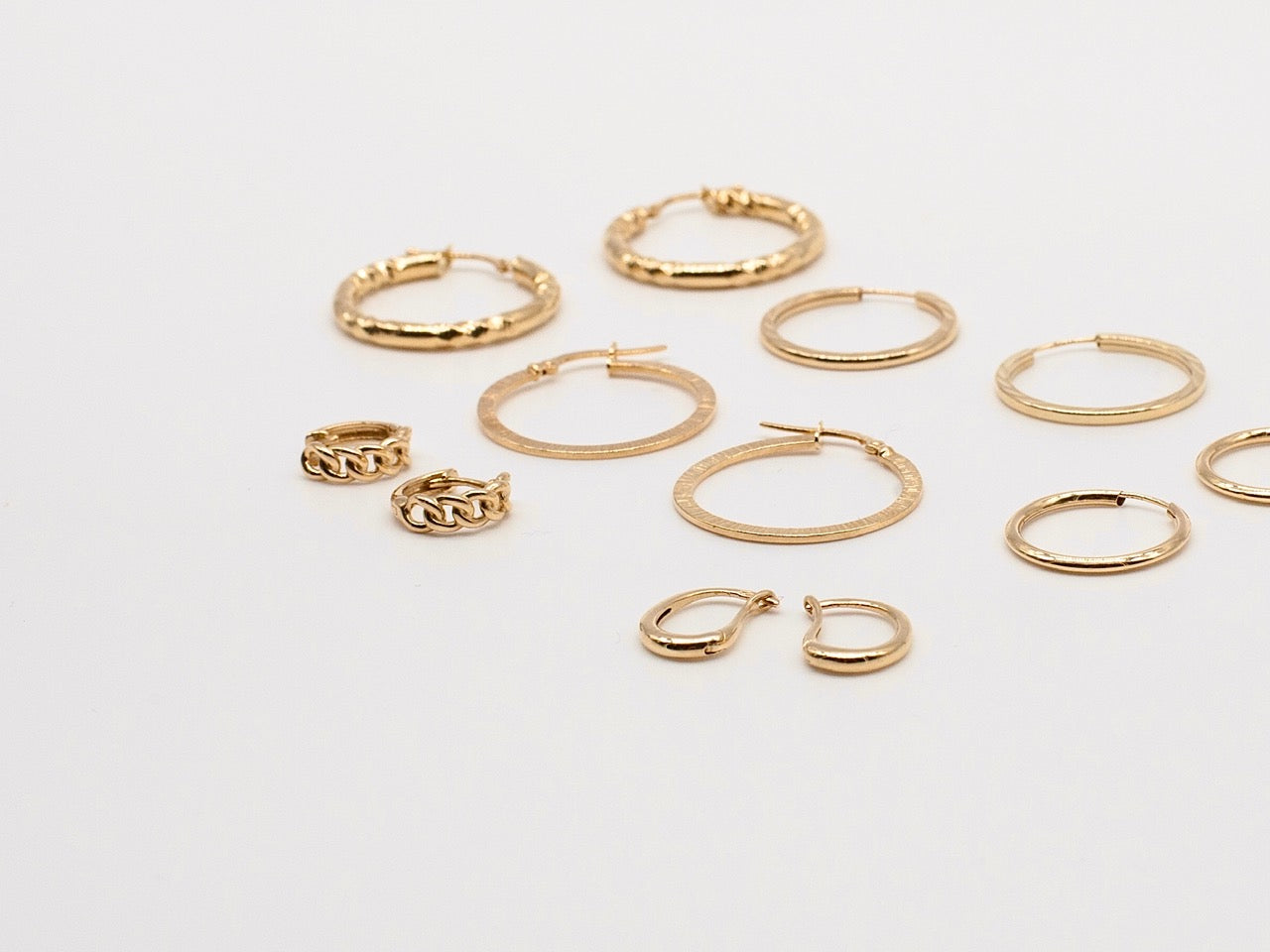We will send you an email to reset your password.
Karat is a word, usually abbreviated with the letter "K" which describes a unit of measurement determining the purity of metals; most often gold. The term karat is combined with a number usually ranging from 10 to 18, the higher the number, the higher the purity of gold.
Gold, by nature is a soft and pliable metal. Before it’s made into a solid piece of jewelry, it must be combined with a certain measurement of a stronger metal to help retain its shape and strength. This process of combining the atoms of gold with the atoms of another metal is called making an "alloy."
Any alloy containing 9K gold has only a minor percentage "real" gold (approx. 37%) and for most jewelers is not actually considered "gold" at all. On the other hand, 14K has more real gold (58 - 62%) than it has its alternate metal counterpart and the higher purity comes with a higher price tag.
Due to this metals lower durability and tendency to tarnish, corrode and react with its wearer’s skin, we choose not to work with it. A ring for example made from 9K gold cannot be expected to last more than a lifetime’s normal wear.
Yes, 9K gold can tarnish. However it doesn't tarnish as obviously as sterling silver can. Wiping with a jewelry polishing cloth will help remove the tarnish and brings back the color. You will likely notice tarnish more on 9K rose gold (due to the higher copper content) and less on white gold.
Most of the time, 14K gold provides the best combination of a rich color, good durability and reasonable affordability. This type of gold is by far the most popular option for rings, necklaces, pendants, earrings and other fine jewelry, making up about 90% of gold jewelry sales in the United States alone.


Leave a comments